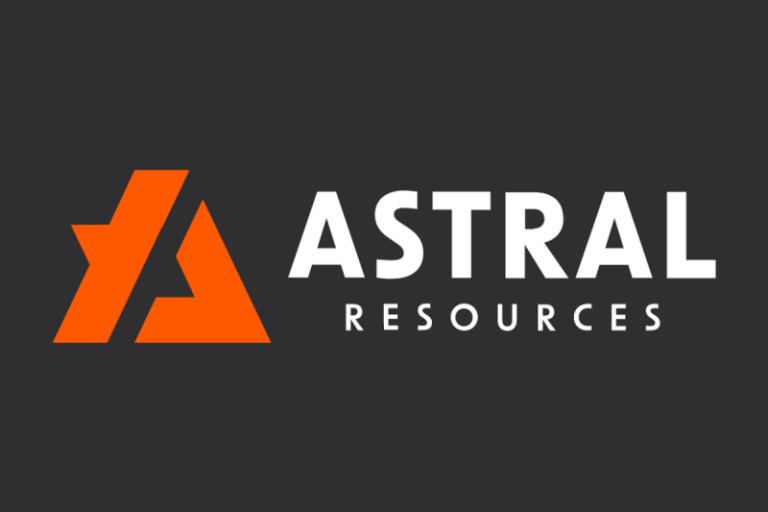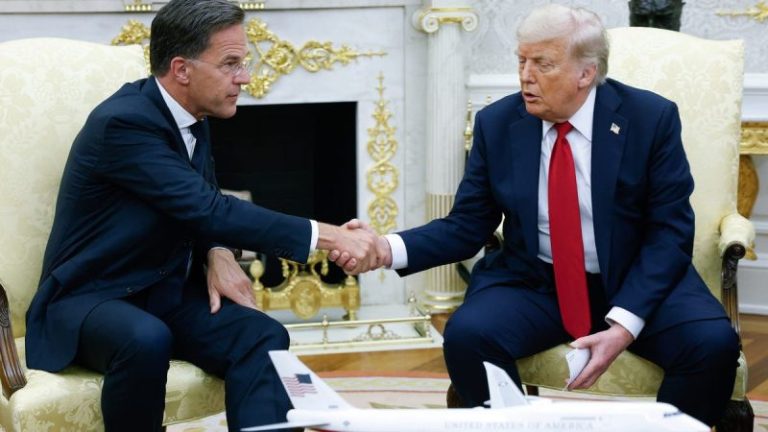/NOT FOR DISTRIBUTION TO U.S. NEWSWIRE SERVICES OR FOR RELEASE, PUBLICATION, DISTRIBUTION OR DISSEMINATION DIRECTLY, OR INDIRECTLY, IN WHOLE OR IN PART, IN OR INTO THE UNITED STATES./
Quimbaya Gold Inc. (‘Quimbaya’ or the ‘Company’) (CSE: QIM,OTC:QIMGF) (OTCQB: QIMGF) (FSE: K05) is pleased to announce that it has entered into an agreement with Stifel Canada to act as sole underwriter and bookrunner (the ‘Underwriter’), in connection with a ‘bought deal’ private placement of 14,300,000 units of the Company (the ‘LIFE Units’) at a price of C$0.70 per LIFE Unit (the ‘Offering Price’) for aggregate gross proceeds of C$10,010,000 (the ‘Offering’), with the LIFE Units to be issued pursuant to the Listed Issuer Financing Exemption (as defined below).
The Company has granted to the Underwriter an option, exercisable up to 48 hours prior to the closing date, to purchase for resale up to an additional 15% of LIFE Units at the Offering Price for additional gross proceeds of up to C$1,501,500.
Each LIFE Unit will consist of one common share (a ‘Common Share‘) and one-half (½) of one Common Share purchase warrant (each whole warrant, a ‘Warrant‘) of the Company. Each Warrant will be exercisable to acquire one Common Share for a period of 36 months following the closing date of the Offering at an exercise price of C$1.00 per common share.
The net proceeds from the Offering are expected to be used to advance the Company’s exploration programs, including drilling at the Tahami South project and follow-up work on regional copper-gold and gold targets, as well as for general working capital.
Subject to compliance with applicable regulatory requirements and in accordance with National Instrument 45-106 – Prospectus Exemptions (‘NI 45-106‘), the LIFE Units will be offered for sale to purchasers resident in Canada other than Quebec and/or other qualifying jurisdictions pursuant to the listed issuer financing exemption under Part 5A of NI 45-106 (the ‘Listed Issuer Financing Exemption‘). Because the Offering is being completed pursuant to the Listed Issuer Financing Exemption, the LIFE Units issued pursuant to the Offering will not be subject to a hold period pursuant to applicable Canadian securities laws. There is an offering document related to the Offering that can be accessed under the Company’s issuer profile on SEDAR+ at www.sedarplus.ca and on the Company’s website at quimbayagold.com. Prospective investors should read the offering document before making an investment decision.
The Offering is scheduled to close on or about November 4, 2025 (the ‘Closing Date‘) and is subject to certain conditions including, but not limited to, the receipt of all necessary regulatory and other approvals including the acceptance of the Canadian Securities Exchange.
The securities referred to in this news release have not been and will not be registered under the United States Securities Act of 1933, as amended (the ‘U.S. Securities Act‘), or any state securities laws and may not be offered or sold within the United States or to, or for the account or benefit of, ‘U.S. Persons’ (as such term is defined in Regulation S under the U.S. Securities Act) absent such registration or an applicable exemption from the registration requirements of the U.S. Securities Act. This news release does not constitute an offer for sale of securities for sale, nor a solicitation for offers to buy any securities. Any public offering of securities in the United States must be made by means of a prospectus containing detailed information about the company and management, as well as financial statements.
About Quimbaya
Quimbaya aims to discover gold resources through exploration and acquisition of mining properties in the prolific gold mining districts of Colombia. Managed by an experienced team in the mining sector, Quimbaya is focused on three projects in the regions of Segovia (Tahami Project), Puerto Berrio (Berrio Project), and Abejorral (Maitamac Project), all located in Antioquia Province, Colombia.
Quimbaya Gold Inc.
Follow on X @quimbayagoldinc
Follow on LinkedIn @quimbayagold
Follow on YouTube @quimbayagoldinc
Follow on Instagram @quimbayagoldinc
Follow on Facebook @quimbayagoldinc
Cautionary Statements
Certain statements contained in this press release constitute ‘forward-looking information’ as that term is defined in applicable Canadian securities legislation. All statements, other than statements of historical fact, included herein are forward-looking information. Generally, but not always, forward-looking statements and information can be identified by the use of forward-looking terminology such as ‘intends’, ‘expects’ or ‘anticipates’, or variations of such words and phrases or statements that certain actions, events or results ‘may’, ‘could’, ‘should’, ‘would’ or ‘occur’. Forward-looking statements herein include statements and information regarding the closing of the Offering, Offering’s intended use of proceeds, any exercise of Warrants, the future plans for the Company, including any expectations of growth or market momentum, future expectations for the gold sector generally, the Colombian gold sector more particularly, or how global or local market trends may affect the Company, intended exploration on any of the Company’s properties and any results thereof, the strength of the Company’s mineral property portfolio, the potential discovery and potential size of the discovery of minerals on any property of the Company’s, including Tahami South, the aims and goals of the Company, and other forward-looking information. Forward-looking information by its nature is based on assumptions and involves known and unknown risks, uncertainties and other factors which may cause the actual results, performance or achievements of Quimbaya to be materially different from any future results, performance or achievements expressed or implied by such forward-looking statements or information. These assumptions include, but are not limited to, that the Company’s exploration and other activities will proceed as expected. The future outcomes that relate to forward-looking statements may be influenced by many factors, including but not limited to: future planned development and other activities on the Company’s mineral properties; an inability to finance the Company; obtaining required permitting on the Company’s mineral properties in a timely manner; any adverse changes to the planned operations of the Company’s mineral properties; failure by the Company for any reason to undertake expected exploration programs; achieving and maintaining favourable relationships with local communities; mineral exploration results that are poorer or better than expected; prices for gold remaining as expected; currency exchange rates remaining as expected; availability of funds for the Company’s projects; prices for energy inputs, labour, materials, supplies and services (including transportation); no labour-related disruptions; no unplanned delays or interruptions in scheduled construction and production; all necessary permits, licenses and regulatory approvals are received in a timely manner; the Offering proceeds being received as anticipated; all requisite regulatory and stock exchange approvals for the Offering are obtained in a timely fashion; investor participation in the Offering; and the Company’s ability to comply with environmental, health and safety laws. Although Quimbaya’s management believes that the assumptions made and the expectations represented by such information are reasonable, there can be no assurance that the forward-looking information will prove to be accurate. Furthermore, should one or more of the risks, uncertainties or other factors materialize, or should underlying assumptions prove incorrect, actual results may vary materially from those described in forward-looking statements or information. Readers are cautioned not to place undue reliance on forward-looking information as there can be no assurance that the plans, intentions or expectations upon which they are placed will occur. Forward-looking information contained in this news release is expressly qualified by this cautionary statement. The forward-looking information contained in this news release represents the expectations of Quimbaya as of the date of this news release and, accordingly, is subject to change after such date. Except as required by law, Quimbaya does not expect to update forward-looking statements and information continually as conditions change.
SOURCE Quimbaya Gold Inc.
View original content: http://www.newswire.ca/en/releases/archive/October2025/23/c7762.html
News Provided by Canada Newswire via QuoteMedia










